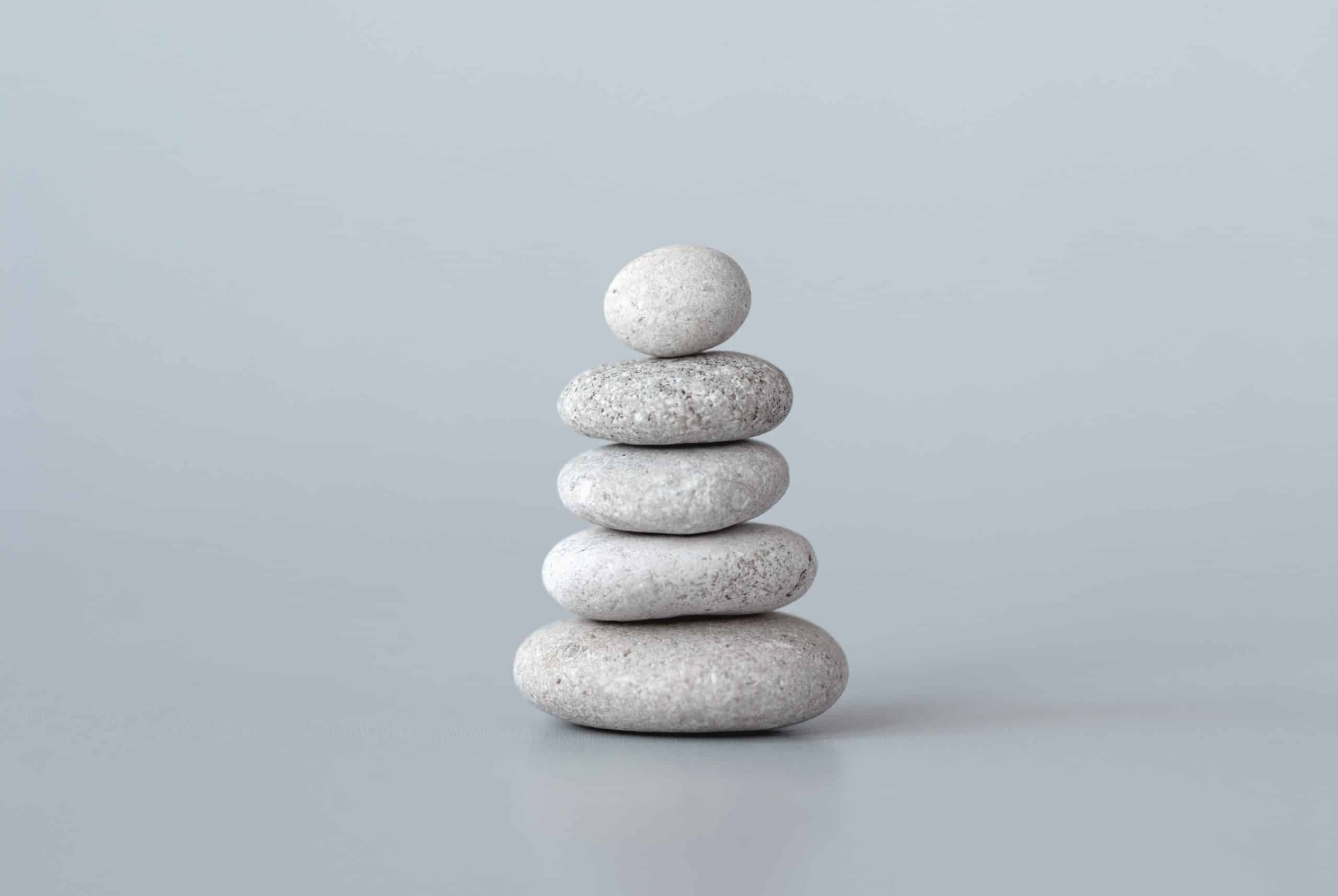What Techniques Ensure a Perfectly Balanced Gourmet Cheese Platter?

Creating the perfect cheese board is an art form. It’s about more than just choosing a few of your favorite cheeses and throwing them on a platter. It’s about balance – balancing flavors, textures, and even colors. It’s about providing a range of options so that everyone can find something they enjoy. But how do you achieve that perfect balance? What techniques should you use? In this article, we’re going to break it down for you.
1. Choosing the Right Cheeses
The heart of the cheese board is, of course, the cheeses. The perfect platter will feature a variety of cheese types, each offering unique flavors and textures.
Cela peut vous intéresser : What’s the Secret to Crafting a Perfectly Emulsified Bearnaise Sauce?
When selecting cheeses for your board, it’s good to think in terms of categories. You might include one hard cheese, like Manchego or Gouda, one soft cheese, such as Brie or Camembert, and one blue cheese, like Gorgonzola or Roquefort. This will give your guests a range of flavors to choose from.
Don’t be afraid to experiment with more unusual or gourmet cheeses. A washed rind cheese or a pungent, earthy goat cheese can add an exciting element to your board. Remember, variety is key. The more diverse your cheese selection, the more interesting your board will be.
Sujet a lire : How to Bake a Gourmet Layer Cake with Intricate Flavor Combinations?
2. Adding the Perfect Charcuterie
No cheese board is complete without a selection of delicious charcuterie. These savory meats add a whole other dimension to the platter, with their rich, salty flavors perfectly complementing the creaminess of the cheese.
When choosing meats for your cheese board, again think in terms of variety. Including both cooked and cured meats will give your guests an array of textures and flavors. Some popular choices include prosciutto, salami, and maybe even a smoked sausage.
Try to match the flavors of your meats to the cheeses on your board. For example, a spicy chorizo might pair well with a mellow, creamy cheese, while a simple cooked ham could be the perfect match for a tangy blue cheese.
3. Don’t Forget the Crackers
Crackers are an essential part of any cheese platter. They provide a crunchy contrast to the soft cheeses and meats, and also give your guests something to spread their cheese on.
When it comes to crackers, simplicity is often best. You don’t want flavors that will overpower the cheese. Instead, opt for plain, whole grain, or lightly seasoned crackers.
You could also consider adding a couple of different kinds of bread. A baguette is always a safe bet, but why not try something a little different, like a dark rye bread or an olive loaf?
4. Fresh Fruit and Nuts
Fresh fruits and nuts add both color and flavor to your cheese board. They provide a sweet and tangy contrast to the rich cheeses and meats, and can also be used to cleanse the palate between different flavors.
Fresh grapes are a classic choice, but why not experiment with other fruits like figs, pears, or apple slices? Dried fruits, such as apricots or cranberries, can also work well.
Nuts add a satisfying crunch and a hint of earthiness to your board. Almonds and walnuts are popular choices, but you could also try pecans, hazelnuts, or even pistachios.
5. Serving Your Cheese Board
Finally, let’s talk about serving your cheese board. When arranging your items on the board, consider the balance of colors and shapes, as well as flavors. You want your board to look as good as it tastes.
It’s best to serve your cheeses at room temperature, as this will bring out their full flavor. You should also provide a separate knife for each cheese, to prevent the flavors from mixing.
Remember, the perfect cheese board is about more than just the food. It’s also about creating a social, shareable experience for your guests. So, get creative, have fun, and above all, enjoy the delicious flavors of your perfectly balanced gourmet cheese platter.
In conclusion, creating the perfect cheese board is an art form. It’s about balance – balancing flavors, textures, and even colors. It’s about providing a range of options so that everyone can find something they enjoy. But how do you achieve that perfect balance? By following these techniques, you can ensure a perfectly balanced gourmet cheese platter.
6. A Nod to Accompaniments
Culinary delights such as jams, honey, and pickles can truly elevate your cheese board.
Adding accompaniments to your cheese platter is a brilliant way of accentuating the flavors of your selected cheeses and charcuterie. They provide a sweet, tangy, or spicy contrast that can complement or highlight the flavors of your cheese.
When it comes to jams, consider options that provide a balance of sweetness and acidity, like fig or raspberry jam. Honey is a wonderful addition to a cheese board. It pairs beautifully with a variety of cheese, from creamy Camembert to tangy blue cheese. A rich, dark honey can add a delightful depth of flavor to your board.
Pickles and olives can bring a tangy or briny note to your cheese plate, providing a contrast to the rich, creamy cheeses. Spicy pickled peppers could be an exciting companion to a smooth, mellow goat cheese.
Lastly, including a spicy mustard or a flavorful chutney on the side can add an interesting twist to the cheeses and cured meats on your board.
7. Presentation and Experience
The visual appeal of your cheese board is just as important as the balance of flavors.
The way you present your cheese platter can significantly enhance the eating experience. A crowded board can be overwhelming and hard to navigate, so leave some empty spaces. Arrange the cheeses, meats, fruits, and accompaniments in separate groups, allowing for easy access.
Consider starting with the cheeses, placing them at different angles and positions. Intersperse the charcuterie, folding or rolling for visual interest. Add the fresh and dried fruit next, filling in gaps and adding pops of color. Nuts, pickles, olives, and other accompaniments can be placed in small bowls or scattered as needed.
Remember to add serving utensils, such as cheese knives and spoons for the accompaniments to avoid cross-contamination of flavors.
Finally, take a step back and evaluate your board. Make any necessary adjustments to ensure a visually pleasing layout. Remember, making cheese boards is a creative endeavor, so have fun with it!
Conclusion
Crafting a perfectly balanced gourmet cheese platter involves careful thought and execution. It’s not just about cheeses and meats; it’s about combining flavors, textures, and colors to create an experience that delights all the senses. And it’s not just a culinary endeavor, it’s a social one, too. By choosing a mix of different cheeses, including a variety of charcuterie and accompaniments, paying attention to presentation, and considering the overall experience, you can create a cheese board that is not just tasty, but memorable too. So the next time you are hosting, remember these techniques and create a show-stopping, mouth-watering, cheese board that will leave your guests in awe.
